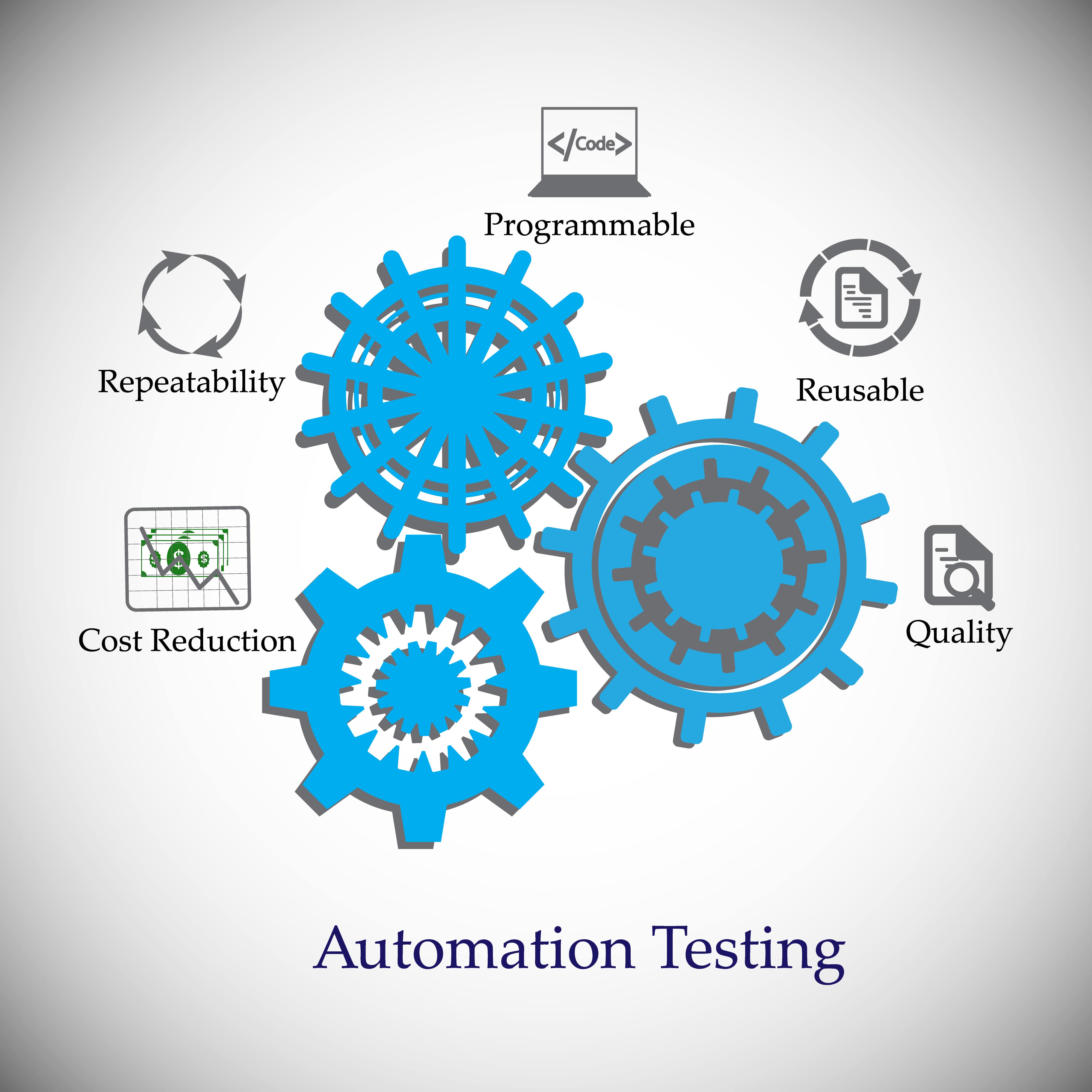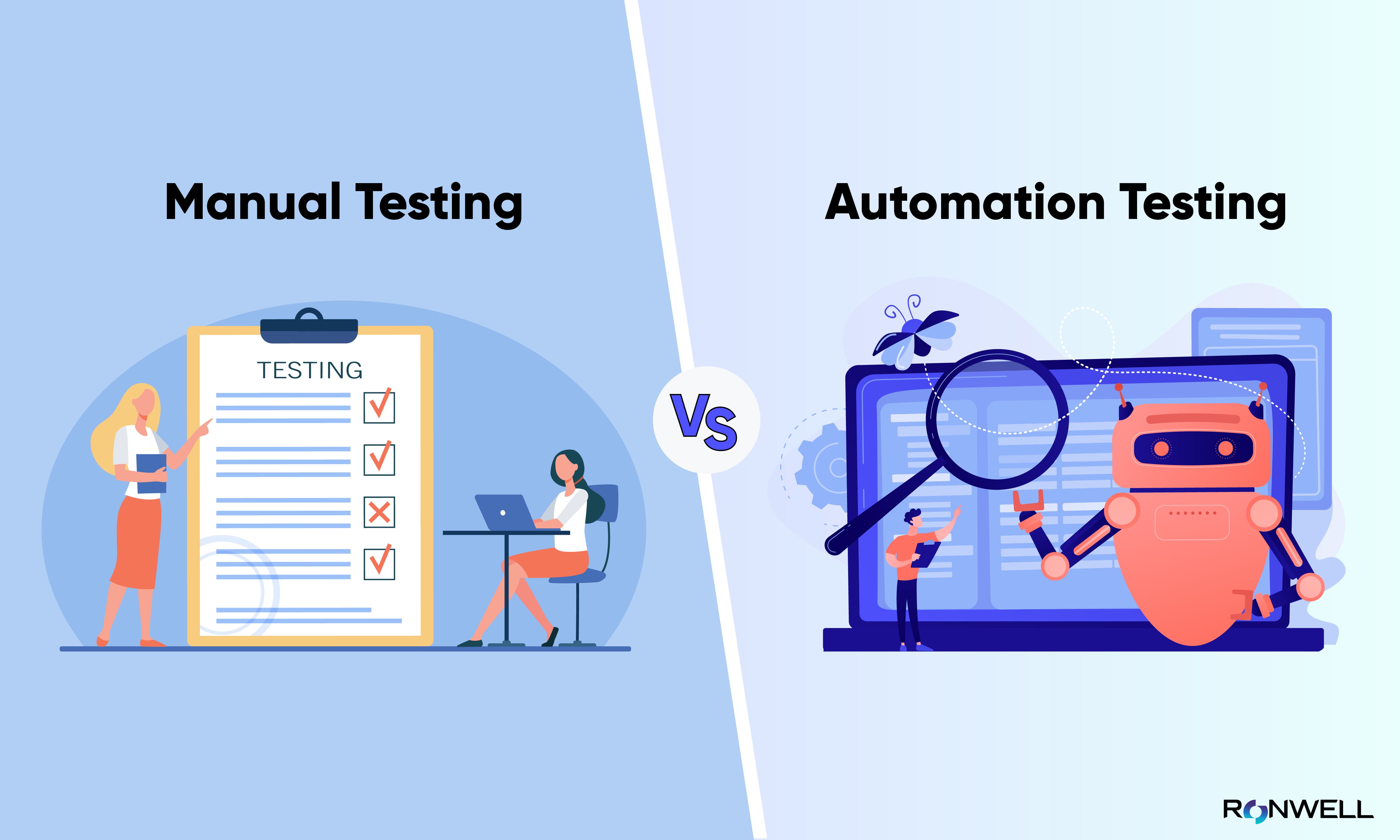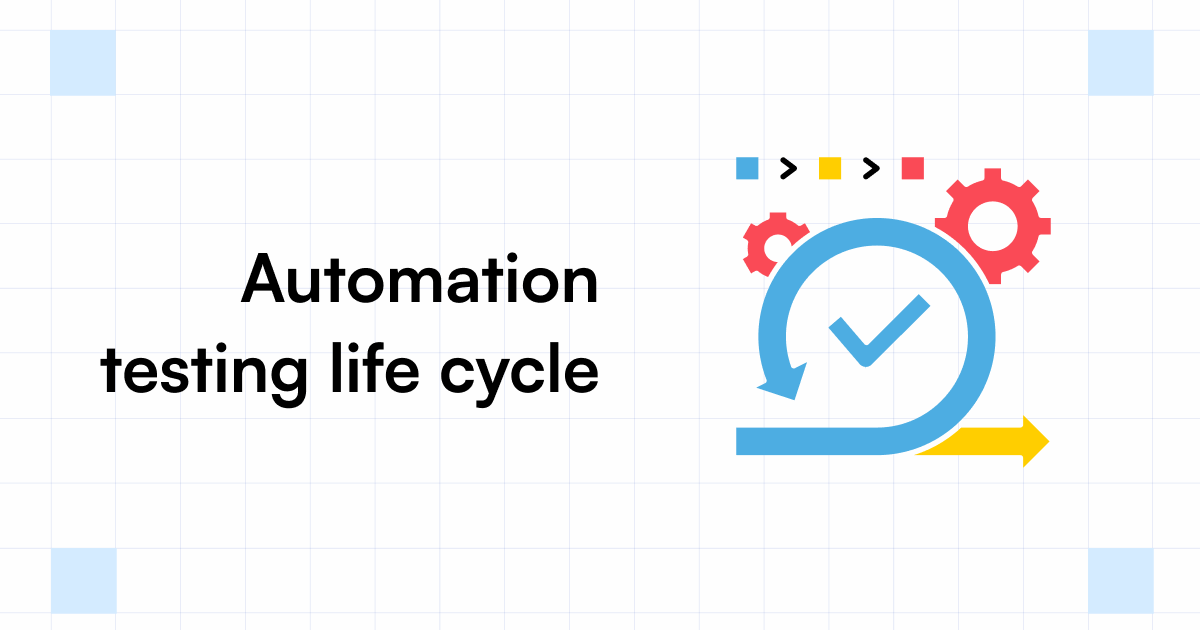Exploring the Future of Automation Testing in Software Advancement
Exploring the Future of Automation Testing in Software Advancement
Blog Article
Ensuring Success in Automation Testing: Key Metrics, Obstacles, and Solutions Every QA Group Should Know
In the realm of software program top quality guarantee, the landscape of automation screening is ever-evolving, demanding a meticulous technique to guarantee seamless operations. Key metrics offer as the compass guiding QA groups with the vast terrain of test automation, losing light on progress and locations for enhancement. However, difficulties impend big, often casting darkness on the course to success. By comprehending these obstacles and applying efficient services, QA teams can navigate through complexities with skill. The journey to mastering automation screening is led with subtleties that need a keen eye for surveillance, evaluation, and continuous enhancement. automation testing. As the market drives forward, the quest for optimum efficiency in automation screening remains a consistent quest, urging QA groups to furnish themselves with the understanding and approaches important for triumph.
Significance of Secret Metrics
Comprehending the significance of key metrics is crucial for examining the performance and effectiveness of automation testing procedures. Trick metrics act as quantifiable procedures that give valuable insights into various elements of the screening procedure, such as test protection, examination execution time, problem thickness, and examination situation efficiency. By examining these metrics, QA groups can recognize bottlenecks, inefficiencies, and areas for improvement within their automation testing structure.
One critical aspect of crucial metrics is their capacity to track development and check the general health of the testing process (automation testing). They allow stakeholders to make educated choices based upon data-driven insights, which can result in extra effective screening approaches and far better source allowance. In addition, vital metrics can aid groups established practical goals, determine the success of automation efforts, and demonstrate the ROI of automation testing initiatives

Typical Challenges Faced
Challenges generally experienced in automation testing processes can significantly impact the total effectiveness and effectiveness of QA groups. One of the significant challenges is the option of the appropriate examination cases for automation. Not all test instances are ideal for automation, and selecting the wrong ones can lead to thrown away time and sources. In addition, preserving test manuscripts can be a complicated task, specifically as the application undergoes constant modifications. Examination script upkeep requires continuous updates and alterations to guarantee they show the existing functionality accurately. An additional common difficulty is the initial investment required for establishing automation structures and devices. This can be a barrier for some organizations, especially smaller ones with minimal budgets. Automation screening may not cover all facets of testing, such as usability and customer experience testing, which still need hand-operated treatment. Conquering these difficulties requires correct preparation, calculated examination situation choice, durable upkeep processes, ample resources, and a clear understanding of the limitations of automation testing.
Efficient Solutions for Difficulties
To resolve the barriers come across in automation testing, implementing reliable options is vital for enhancing the performance and performance of QA groups. One crucial option is to spend in robust training programs for QA groups to ensure they have the needed skills to successfully utilize automation devices. Training can connect expertise gaps, enhance understanding of automation frameworks, and boost scripting capacities, ultimately bring about much more efficient examination development and execution.
An additional vital service is to develop clear interaction channels within the QA group and with other stakeholders, such as designers and job supervisors. Efficient interaction assists in straightening expectations, sharing development updates, and promptly attending to concerns or obstacles that may develop throughout the automation screening process.

Surveillance and Evaluation Strategies
Carrying out efficient monitoring and evaluation techniques is essential for ensuring the success and effectiveness of automation screening processes. By utilizing surveillance tools, QA groups can track the performance of examination manuscripts, determine traffic jams, and identify areas for improvement. Real-time tracking allows for fast discovery of issues, enabling quick reaction and resolution. In addition, examining test outcomes and metrics provides important understandings into the high quality of the software program being checked and the effectiveness of the testing approach.
One trick technique in tracking and evaluation is the usage of dashboards that combine pertinent metrics and KPIs in an aesthetically accessible style. These control panels use an extensive introduction click to investigate of test execution condition, examination coverage, problem trends, and other vital details. Routinely examining and evaluating these dashboards can assist QA groups make educated choices, focus on jobs, and maximize screening initiatives.
Furthermore, carrying out automated signals and notifications based on predefined limits can boost proactive tracking and timely intervention. By establishing up informs for efficiency inconsistencies or examination failings, groups can deal with problems quickly and avoid them from escalating. Overall, monitoring and analysis strategies play an essential duty in making sure the efficiency and success of automation testing initiatives.
Continuous Improvement Strategies
Enhancing the efficiency of automation screening processes necessitates the consistent improvement of methods and methods. Continual enhancement techniques are pivotal for QA groups to adjust to developing technologies and supply top notch software application products. One crucial approach to boosting automation screening procedures is to conduct normal testimonials and retrospectives. By assessing previous testing cycles, groups can identify traffic jams, ineffectiveness, and areas for improvement. Carrying out comments loopholes and integrating lessons discovered into future testing structures can generate significant improvements with time.

Conclusion
Finally, it is essential for QA groups to understand the crucial metrics, obstacles, and solutions in automation screening to ensure success. By carefully monitoring and evaluating data, applying effective options to typical challenges, and constantly enhancing techniques, QA groups can enhance their testing procedures and supply high-quality software products. Complying with these methods will ultimately cause extra reliable and effective automation screening methods.
By examining these metrics, QA groups can determine bottlenecks, inadequacies, and areas for improvement within Web Site their automation look here testing structure.
In addition, essential metrics can assist teams established practical objectives, gauge the success of automation efforts, and demonstrate the ROI of automation screening initiatives.
Obstacles generally come across in automation screening procedures can significantly influence the total effectiveness and effectiveness of QA groups. Automation screening may not cover all aspects of screening, such as functionality and customer experience screening, which still need manual intervention.In final thought, it is important for QA teams to understand the crucial metrics, challenges, and remedies in automation testing to ensure success.
Report this page